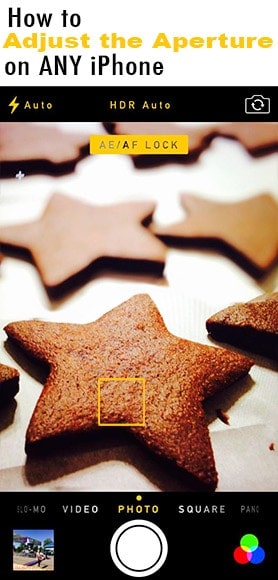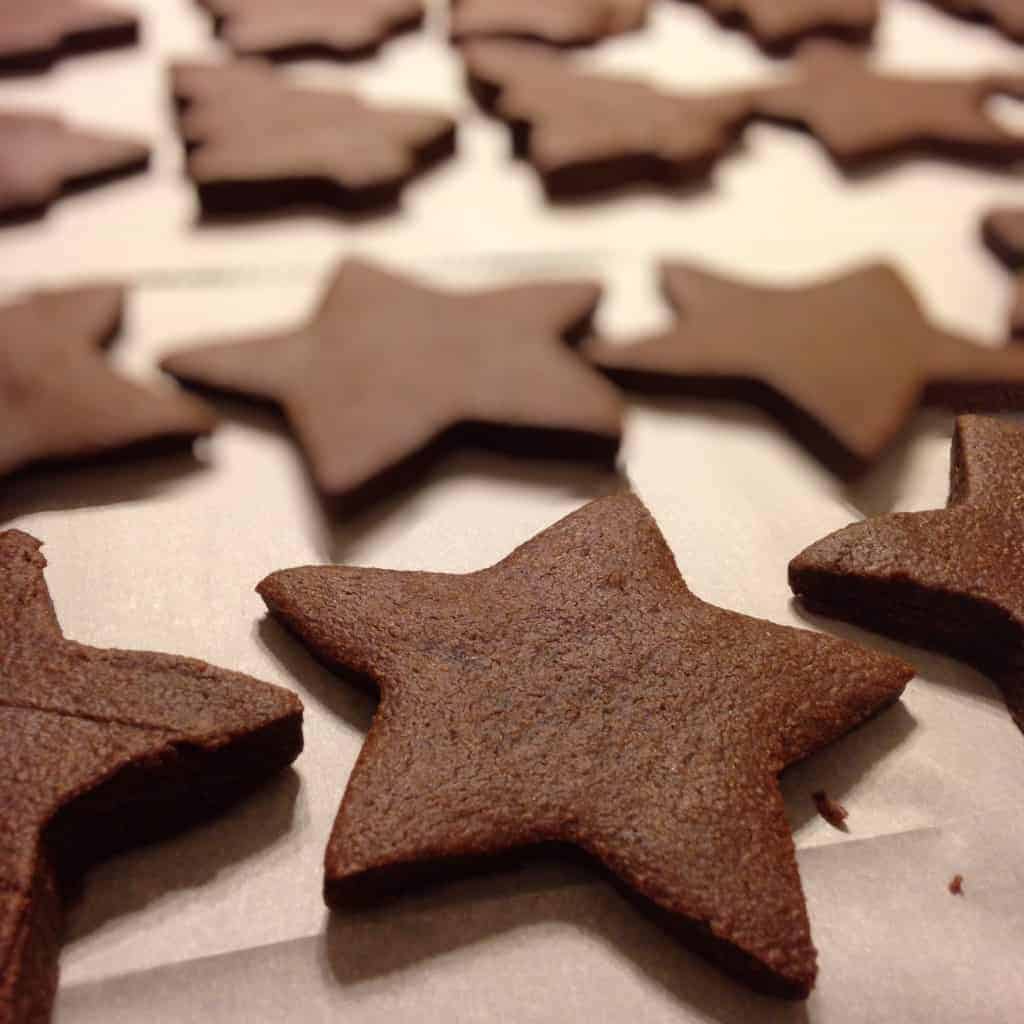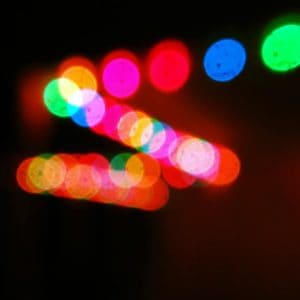
Unfortunately, Apple’s iPhone doesn’t have a changeable aperture setting built in to the camera app. But don’t despair! It can be done—or at least, the shallow depth of field effect can be achieved using an iPhone. Using various apps, attachable lenses or existing features of the iPhone you can take more creative photos than just the standard, run of the mill, point-and-shoot pictures.
Background for Beginners
If you aren’t clear on what aperture is, I suggest you give this article a quick read. It covers the basics of exposure, including ISO, shutter speed, and of course, aperture. There isn’t a setting for changing the aperture on an iPhone because, unlike DSLR lenses, there is no movable iris. One might think what seems like a wide aperture on a DSLR lens (ƒ/2.4 for iPhone 5) would yield a shallow depth-of-field, but the small camera sensor creates the opposite effect.
How to Adjust the Aperture with Apps
Luckily for those looking for more creative control, a huge assortment of apps exists that allow the user to get the appearance of a using different apertures. Instagram lets users quickly apply selective blurring by tapping the teardrop-shaped button on the EDIT screen. What it lacks in customization ability, Instagram more than makes up for in ease of use. Bokeh Lens, another app, lets you add a blurred mask and then paint in areas of sharp focus, allowing for more creative control. Another popular find in the App Store is Snapseed, which allows users to make a multitude of adjustments, including blurring and choosing an area of focus.

Using Lenses for your iPhone to get Shallow Depth of Field
Using an attachable lens for the iPhone is a simple way to create bokeh in your photos, this time in the actual captured image. Using an Xenvo Pro on Amazon or other macro lens while focusing on a light source at a distance gives the soft, fuzzy bokeh similar to that achieved when using the widest apertures (lower f-stops) with DSLR lenses.
Using Focus Lock in the Camera App

A similar shallow depth-0f-field effect can be achieved by just using the focus lock built-in to your iPhone camera. Simply touch and hold the screen until you get a little flash of the yellow focus box (somewhere besides where you want the blur) then recompose your photo to include the light or other area you’d like to have blurred.
Conclusion
Whether or not iPhones are the most popular camera around (though according to Flickr’s camera finder they are definitely the most popular camera there), the fact is many of us use them. After all, they fit in our pocket and don’t require a hefty bag of accessories to lug around, so they’re usually the camera on hand when we come up on a beautiful sunset, see something interesting when we’re out, or just need to share what we’re having for dinner.
Despite not being able to change the aperture directly, using the methods described above will go a long way toward creating the artistic photos while enjoying the convenience of this powerful pocket camera.
Are you on a journey to be the best photographer you can me? Then you would be a PERFECT fit to join the Improve Your Photography Facebook Group! Click here to join!
Disclaimer: Improve Photography is a participant in the Amazon Services LLC Associates Program, an affiliate advertising program designed to provide a means for sites to earn advertising fees by advertising and linking to Amazon.com

Wow, very informative!
I never knew my iPhone had a focus lock! Cool! Thanks for sharing!
Has anyone worked out how to maximize the depth of field in a macro-photograph taken with an iPhone 5?
I am interested in photographing liverworts, mosses, and lichens. They are blessedly still subjects, but they are small. Often to get a complete photograph I need the equivalent of the historic f=64 aperture so that only the ‘heart’ of the lens is capturing light. Within limits, a slow shutter speed gives clear photos of objects at varying distances from the lens.
Very informative, thank you! It is said that we never stop learning and this article has taught me three new things in 10 minutes. Great and thanks…..
FOLLOW @lol_._random ON INSTAGRAM!!!
Lumia cameras have a full manual mode, larger sensors and have been able to shoot raw for years… I just got an iPhone and found myself surprisingly disappointed in the camera. It all seems to come down to the power of marketing.